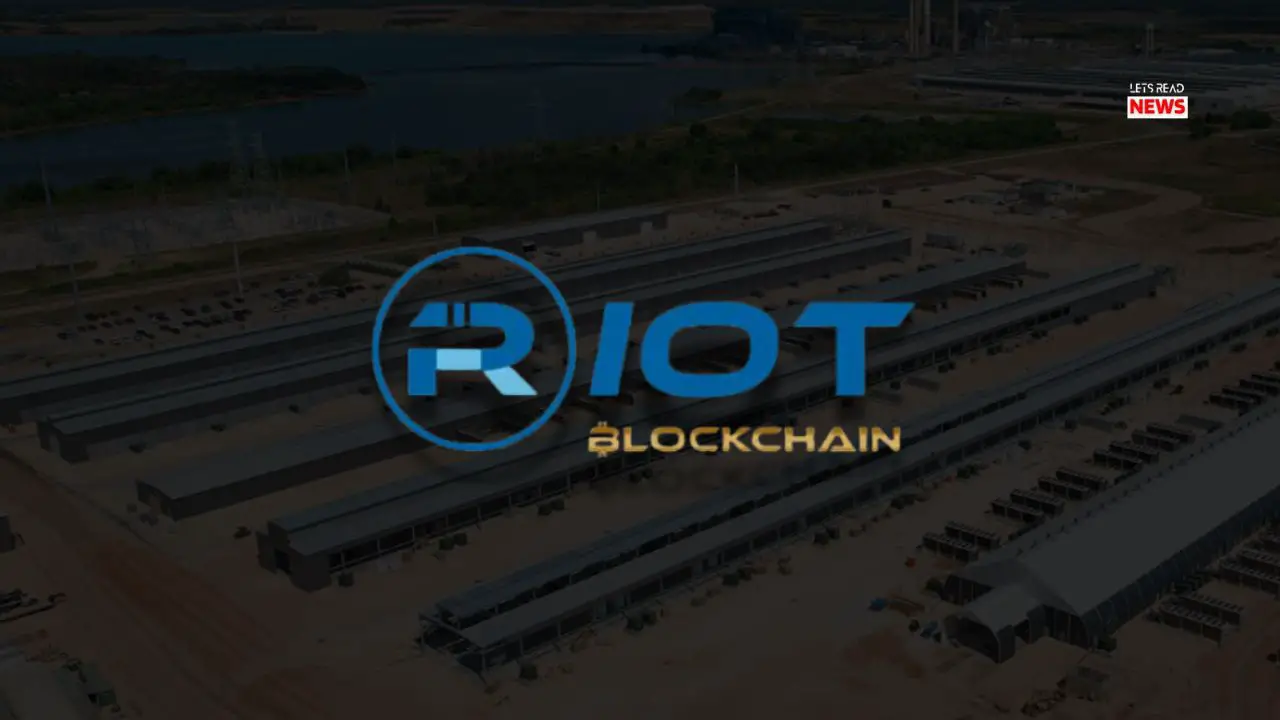Riot Platforms Q1 2025 Earnings: Record Revenue Amid Significant Losses


Riot Platforms, Inc. (NASDAQ: RIOT), a leading Bitcoin mining and infrastructure company, released its Q1 2025 financial results on May 1, 2025, reporting a record-breaking quarterly revenue of $161.4 million, a 103% increase year-over-year. Despite this achievement, the company posted a substantial net loss of $296.4 million and an adjusted EBITDA loss of $176.4 million, highlighting the challenges faced by the Bitcoin mining industry. This article analyzes Riot’s performance, key metrics, and strategic moves, providing insights into its current position and future outlook.
Financial Performance
Revenue Growth
Riot Platforms achieved a new quarterly revenue record of $161.4 million, surpassing Wall Street estimates of $157.8 million. This 103% year-over-year increase was driven by the acquisition of E4A, which bolstered the company’s operational capacity, and a 12% rise in Bitcoin mined, totaling 1,530 BTC. The company’s focus on expanding its hash rate and leveraging favorable Bitcoin prices contributed significantly to this top-line growth.
Significant Losses
Despite the revenue milestone, Riot reported a GAAP EPS of ($0.28) and a net loss of $296.4 million, a stark contrast to the $245.7 million adjusted EBITDA profit in Q1 2024. The adjusted EBITDA loss of $176.4 million reflects high operational costs, including energy expenses and infrastructure investments, as well as the company’s pivot toward AI infrastructure. Posts on X highlighted the severity of these losses, with one user noting, “For every dollar of revenue, the company lost a dollar,” underscoring the unsustainable financial structure in the quarter.
Key Metrics
- Bitcoin Mined: 1,530 BTC, up 12% year-over-year, reflecting improved mining efficiency.
- Hash Rate: Riot’s deployed hash rate reached new highs, supported by the energization of its Corsicana facility.
- Revenue per Bitcoin Mined: Increased due to higher Bitcoin prices, though exact figures were not disclosed.
- Cost Structure: High energy and operational costs eroded profitability, exacerbated by investments in AI infrastructure.
Strategic Developments
AI Pivot
Riot Platforms is diversifying its business model by investing in AI infrastructure, a move that aligns with industry trends but has contributed to its Q1 losses. The company’s leadership, including CEO Jason Les, emphasized this strategic shift as a long-term growth driver, though it has sparked mixed sentiment. Some investors view it as a forward-thinking approach to reduce reliance on volatile Bitcoin prices, while others, as seen in X posts, criticize the move for diluting focus on core mining operations.
Expansion and Financing
Riot secured a $100 million Bitcoin-backed loan from Coinbase to finance its expansion, including the development of its Corsicana facility. This facility’s successful energization in Q1 2025 boosted Riot’s operational capacity, positioning it for future growth. However, the increased debt load and high capital expenditures raise concerns about financial sustainability, especially given the company’s current loss-making status.
Industry Context
The Bitcoin mining industry is facing headwinds despite political support from figures like President Donald Trump, who campaigned as a champion of U.S. crypto miners. A Bloomberg report noted that American miners, including Riot, are struggling with high energy costs and market volatility, leading to a “gloomy quarter” for the sector. Riot’s performance mirrors these challenges, as rising operational costs and competitive pressures offset revenue gains.
Analysis
Strengths
- Revenue Leadership: Riot’s $161.4 million revenue sets it apart as a top performer in the Bitcoin mining space, reflecting its scale and operational efficiency.
- Strategic Diversification: The pivot to AI infrastructure could position Riot as a hybrid tech-mining company, potentially reducing exposure to crypto market volatility.
- Operational Scale: The Corsicana facility and increased hash rate demonstrate Riot’s ability to expand capacity, critical for maintaining competitiveness.
Weaknesses
- Unsustainable Losses: A net loss of $296.4 million and an EBITDA loss of $176.4 million highlight a cost structure that is currently unviable, raising red flags for investors.
- High Capital Expenditures: Heavy investments in expansion and AI infrastructure strain cash flows, particularly with the added burden of a $100 million loan.
- Market Sentiment: Negative sentiment on X, with users labeling Bitcoin mining a “terrible business,” could pressure RIOT’s stock price in the near term.
Opportunities
- Bitcoin Price Recovery: A sustained increase in Bitcoin prices could improve profitability, given Riot’s significant mining output.
- AI Growth: Successful execution of the AI strategy could attract new investors and diversify revenue streams, positioning Riot as a leader in both crypto and tech.
- Political Support: Trump’s pro-crypto stance may lead to favorable policies, reducing regulatory risks for U.S.-based miners.
Threats
- Energy Costs: Rising energy prices remain a critical threat, as Bitcoin mining is energy-intensive and sensitive to cost fluctuations.
- Competitive Pressure: Other miners diversifying into AI or scaling operations could erode Riot’s market share.
- Market Volatility: Bitcoin’s price volatility continues to pose risks to revenue stability, particularly if prices decline.
Stock Performance and Outlook
Riot’s stock has shown resilience, delivering a 47% CAGR over five years and surging 24% in the week prior to the earnings report. However, the Q1 losses and industry challenges have tempered investor enthusiasm. Analysts remain cautiously optimistic, with some expecting Riot to beat earnings estimates in future quarters due to its operational scale and strategic investments. The stock’s ability to move higher will depend on improved profitability and successful execution of the AI pivot.
Conclusion
Riot Platforms’ Q1 2025 earnings reflect a company at a crossroads: achieving record revenue while grappling with significant losses and a high-cost structure. The pivot to AI infrastructure and expansion of mining capacity are bold moves, but their success hinges on managing costs and navigating industry challenges. Investors should monitor Riot’s ability to reduce losses, capitalize on Bitcoin price trends, and deliver on its AI strategy. While the company’s long-term potential remains strong, near-term volatility is likely as it balances growth ambitions with financial discipline.






